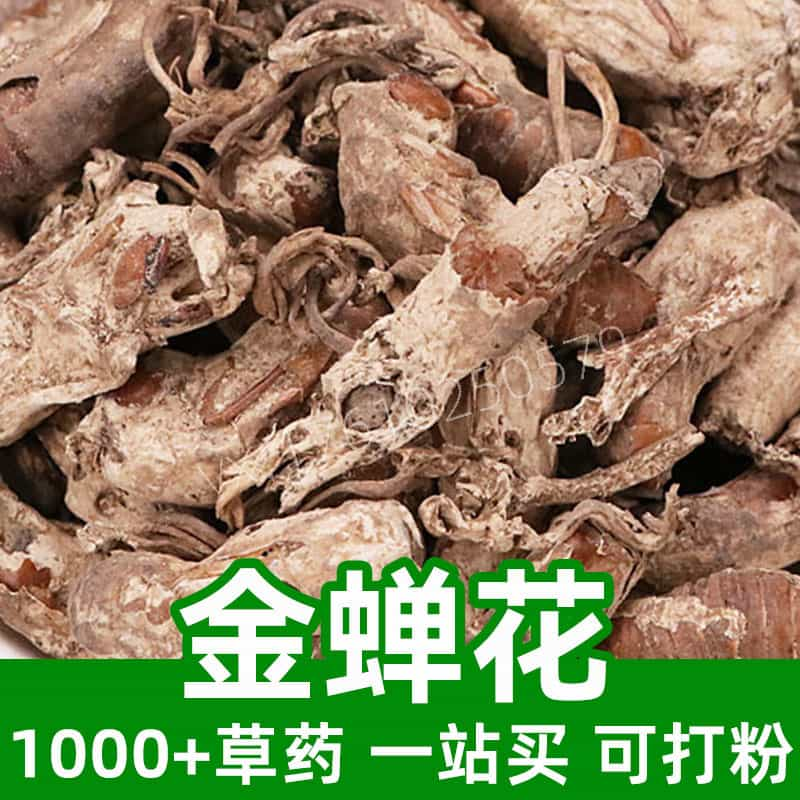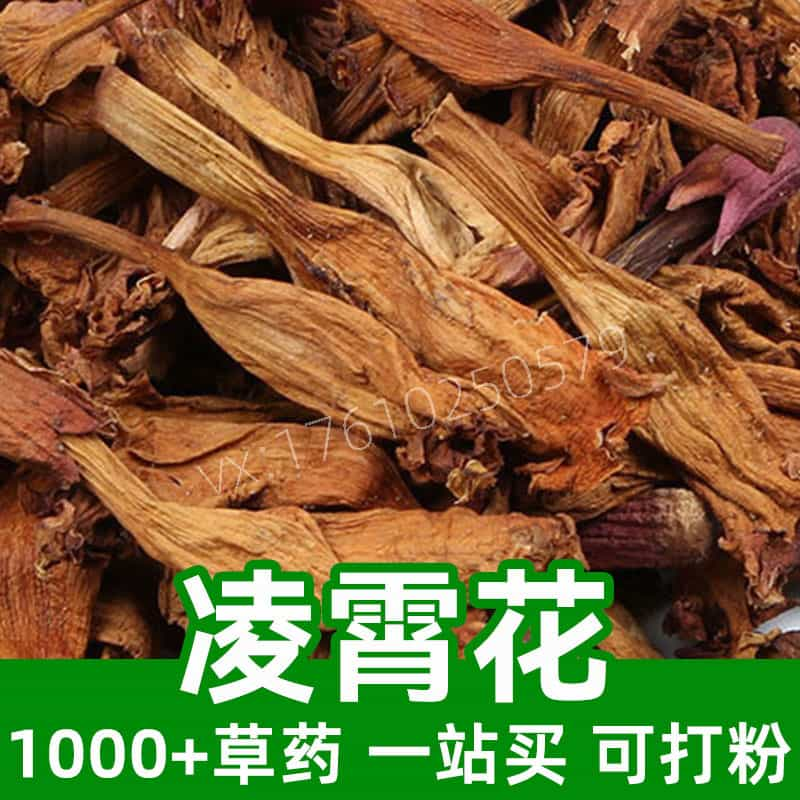Ophiopogon Product Introduction
Ophiopogon is a common Chinese medicinal material, mainly made from the rhizomes of the Ophiopogon plant. Its main components include saponins, polysaccharides, flavonoids, and other active ingredients. Ophiopogon is mainly produced in the southern regions of China, such as Jiangsu, Zhejiang, Anhui, Fujian, and other provinces.
Ophiopogon has the effects of nourishing yin and moistening dryness, clearing the heart and calming the mind, and benefiting the lungs and stopping coughs. It is widely used in the field of traditional Chinese medicine. Common uses include treating deficiency of heart and lung yin, chronic cough with little phlegm, insomnia, and forgetfulness. Ophiopogon is neutral in nature and suitable for people of all ages, making it a commonly used tonic medicinal material.
Main Active Ingredients of Ophiopogon
Ophiopogon (Radix Ophiopogonis), as an important Chinese medicinal material, contains a variety of active ingredients, mainly including saponins, polysaccharides, and flavonoids. These components endow Ophiopogon with various pharmacological effects and medical value.
- Saponin Compounds: Ophiopogon is rich in saponin components, among which Ophiopogonin R1, R2, and R3 are the most important. These saponin compounds have the effects of nourishing yin and moistening the lungs, clearing heat and resolving phlegm, and protecting the cardiovascular system.
- Polysaccharide Substances: Ophiopogon also contains various polysaccharide components, which have immunomodulatory, antioxidant, and anti-tumor biological activities. These polysaccharides can enhance the body's immunity and improve immune function.
- Flavonoid Compounds: Flavonoid compounds are one of the important active ingredients in Ophiopogon, with antioxidant, anti-inflammatory, and anti-tumor biological activities. Among them, isorhamnetin, kaempferol, and other components are present in high amounts in Ophiopogon.
- Other Active Ingredients: In addition to the above components, Ophiopogon also contains a variety of amino acids, trace elements, etc., which are of great significance for human health. For example, the amino acids in Ophiopogon help promote protein synthesis in the body and maintain normal physiological functions.
In summary, as a commonly used Chinese medicinal material, Ophiopogon's main active ingredients include saponins, polysaccharides, and flavonoids, which endow it with various pharmacological effects such as nourishing yin and moistening the lungs, clearing heat and resolving phlegm, and enhancing immunity. Therefore, it has a wide range of application prospects in the field of traditional Chinese medicine.
Application Scenarios and Dosage of Ophiopogon
Ophiopogon has a wide range of applications in the fields of traditional Chinese medicine and food, and its usage and dosage vary depending on different application scenarios. The following focuses on the application and dosage of Ophiopogon in these two fields:
- Application in the Field of Traditional Chinese Medicine:
- Nourishing Yin and Moistening the Lungs: Ophiopogon is cool in nature and sweet in taste, with the effect of nourishing yin and moistening the lungs. It is commonly used to treat symptoms such as dry cough and sore throat caused by lung yin deficiency. It can be used alone or in combination with other yin-nourishing and lung-moistening drugs.
- Clearing Heat and Resolving Phlegm: Ophiopogon also has the function of clearing heat and resolving phlegm, which is suitable for treating symptoms such as cough with abundant phlegm and coughing up blood. It is often used in compound prescriptions, such as Ophiopogon and Gypsum Decoction.
- Nourishing the Heart and Calming the Mind: Ophiopogon can be used as a medicine to nourish the heart and calm the mind, often used in combination with drugs such as ginseng and schisandra, to treat symptoms such as palpitations, insomnia, and forgetfulness.
- Application in the Food Field:
- Health Food: Ophiopogon is often processed into slices, powder, and other forms and sold as health food. The general dosage is 10-15 grams each time, which can be decocted with water or brewed with water, with the effects of nourishing yin and lungs, and replenishing qi and blood.
- Edible Seasoning: Ophiopogon can also be used as an edible seasoning, used in dishes such as stewed soup, chicken soup, and braised pork trotters. The dosage is moderate, which can be added according to personal taste and needs.
In general, Ophiopogon is commonly used in the field of traditional Chinese medicine to treat symptoms such as lung yin deficiency and cough with abundant phlegm, and the usage is common for decocting soup and brewing water; In the food field, it is often used as a health food or edible seasoning, and the dosage is moderate. When using Ophiopogon, you should follow the advice of a doctor or product instructions, and do not use it excessively to avoid adverse reactions.
Introduction, Distribution, and Growth Environment of Ophiopogon Source Plants
Ophiopogon (scientific name: Ophiopogon japonicus) is a perennial herbaceous plant of the Liliaceae family and Ophiopogon genus. The following will introduce the source plants, distribution, and growth environment of Ophiopogon.
- Source Plants:
- Ophiopogon is a tuberous plant, mainly propagated through underground stolons or rhizomes. Its underground tuberous rhizomes are thick and short, mostly cylindrical in shape, with longitudinal edges on the surface, hard and tough in texture, and branched. The leaves are slender and pointed, commonly leathery, dark green, and the leaves have a slight gloss.
- Distribution:
- Ophiopogon is native to China and is widely distributed in the Northeast, North China, East China, Southwest, and other regions. In addition to China, Ophiopogon is also distributed in Japan, Korea, Mongolia, Russia, and other Asian regions. In China, Ophiopogon is mainly distributed in Liaoning, Hebei, Shanxi, Henan, Shaanxi, Gansu, Sichuan, Hubei, Hunan, Jiangxi, and other provinces.
- Growth Environment:
- Ophiopogon likes to grow in a warm, humid, and semi-shaded environment, with strong adaptability to soil, but loose, well-drained sandy loam soil is preferred. It usually grows in environments such as hillsides, valleys, forest edges, grasslands, and under forests, and can also propagate and grow in gardens, lawns, and roadsides.
- Growth Habits:
- Ophiopogon is a shade-tolerant plant, commonly found under forests or in semi-shaded areas, preferring a humid environment, and has strong adaptability to soil. Its growth cycle is relatively long, generally requiring 2-3 years to reach the appropriate stage for harvest. The growth of Ophiopogon mainly relies on tuberous rhizomes and stolons for propagation, and the combination of underground tuberous rhizomes and above-ground stems and leaves constitutes its unique plant form.
In summary, Ophiopogon is a perennial herbaceous plant with strong adaptability to growth environments, mainly distributed in China and East Asia, preferring warm, humid, and semi-shaded growth environments, with a long growth period, and strong adaptability to soil.
Harvesting, Processing, and Storage of Ophiopogon
The harvesting, processing, and storage of Ophiopogon are crucial for maintaining its medicinal value and quality. The following are general methods for harvesting, processing, and storing Ophiopogon:
- Harvesting:
- Ophiopogon is generally harvested during the spring, summer, and autumn growing seasons, with spring harvesting being the most common. When harvesting, select stems and leaves that are growing well and free of pests and diseases. When digging out the Ophiopogon tuberous rhizomes, be careful to avoid damage. After harvesting, immediately clean and remove soil and impurities, then dry or bake until the humidity is appropriate.
- Processing:
- Ophiopogon processing mainly includes slicing, drying, and baking. Sliced Ophiopogon is easy to dry and store, which is beneficial for preservation and transportation. When drying, choose a ventilated, cool, and dry place, avoid direct sunlight, so as not to affect its medicinal components. The temperature during baking should not be too high, generally controlled at 40-50 degrees Celsius.
- Storage:
- Ophiopogon should be stored in a dry, ventilated, and cool place, avoiding direct sunlight and high temperature and humidity environments. Ophiopogon can be packed into dry sealed bags or containers, sealed and placed in a cool and ventilated place. Avoid Ophiopogon getting damp and moldy, affecting the quality. Check regularly during storage, and if pests or mold are found, deal with them promptly or replace the storage container.
- Precautions:
- During harvesting, processing, and storage, pay attention to hygiene and safety, avoid mixing with foreign objects, and ensure product quality and safety. In addition, Ophiopogon should be isolated from harmful gases and toxic substances to prevent odor and pollution.
In summary, the harvesting, processing, and storage of Ophiopogon need to pay attention to maintaining its medicinal components and quality. Correct processing and storage methods can extend the shelf life of Ophiopogon and ensure its medicinal value and safety.
Monica Sun is a seasoned expert in the natural raw materials industry, with over a decade of experience specializing in traditional Chinese medicinal herbs, spices, and fungi. She is skilled in the sourcing, processing, and application of these materials, emphasizing sustainability and innovation. Monica Sun has contributed to the development of high-quality natural raw materials that serve as essential components in functional foods, pharmaceuticals, and cosmetics, delivering tailored solutions to meet diverse market needs.













